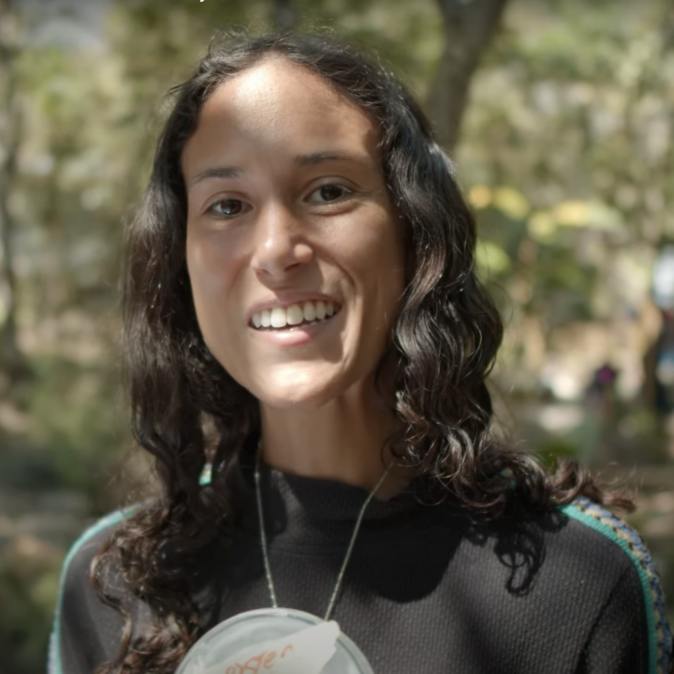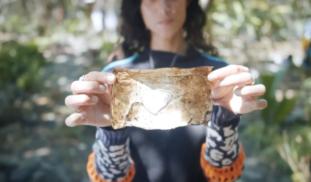Please wait...
About This Project
Farming animals for leather is a water, chemical, and energy-intensive process. Fungal "leather" could help address sustainability problems when farming and using animal leathers, as they can have similar structures to animal skins and perform physically like leathers. The research requires cross-linking fungal mycelium onto a bacterial cellulose matrix to improve fungal-mat flexibility, strength, and leather feel. We aim to refine protocols for these fungal-bacterial biocomposites.
More Lab Notes From This Project

Browse Other Projects on Experiment
Related Projects
Improving the qualitative properties of mycelium skins through fungal-bacterial biocomposites
Farming animals for leather is a water, chemical, and energy-intensive process. Fungal "leather" could...
Exploring material properties and fabrication processes of a mycelium based surfboard
The modern surfboard comprises layers of unrecyclable plastic which often break and pollute our oceans...


